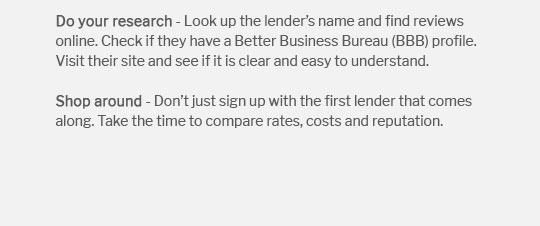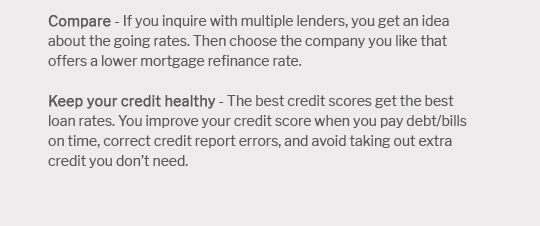 |
|||
 |
 |
 |
||
|---|---|---|
 |
||
 |
||
 |
||
 |
||
 |
 |
 |
 |
Understanding Refinance Rates in Ohio: What You Need to KnowRefinancing your home in Ohio can be a strategic move to lower your interest rate, reduce monthly payments, or access your home's equity. However, it's crucial to grasp the factors that influence refinance rates and the pros and cons involved. Factors Influencing Refinance Rates in OhioSeveral elements can affect refinance rates in Ohio. Understanding these can help you make informed decisions. Credit ScoreYour credit score is one of the most significant factors. Higher scores often lead to lower rates, as they indicate financial responsibility. Loan-to-Value Ratio (LTV)The LTV ratio is the amount of the loan divided by the appraised value of the property. A lower LTV can result in better rates. Market ConditionsEconomic factors such as inflation, employment rates, and Federal Reserve policies also play a role in determining refinance rates. Pros and Cons of Refinancing in OhioBefore deciding to refinance, weigh the advantages and disadvantages. Pros
Cons
For those considering different options, exploring 30 year jumbo rates might provide valuable insights. Steps to Refinance Your Home in Ohio
For those interested in creative financing solutions, checking out 90 mortgage deals can be beneficial. FAQs on Refinance Rates in OhioWhat is the average refinance rate in Ohio?The average refinance rate varies depending on market conditions, credit scores, and loan types. It's best to consult with lenders for the most current rates. How can I qualify for the best refinance rates?To qualify for the best rates, maintain a strong credit score, a low debt-to-income ratio, and a favorable LTV ratio. Shopping around and comparing offers is also crucial. Are there any risks to refinancing?Yes, refinancing involves risks such as high closing costs, the possibility of higher interest payments over a longer term, and market-related rate increases. https://dollar.bank/personal/borrowing/mortgages/mortgage-rates-today
Mortgage Rates Today ; 15 Year Fixed Rate - 5.875% - 5.917% ; 20 Year Fixed Rate - 6.125% - 6.222% ; VA 30 Year Fixed Rate - 6.500% - 6.818% ; 30 Year Fixed Rate - 6.500% ... https://www.usbank.com/home-loans/mortgage/mortgage-rates/ohio.html
Compare Ohio mortgage rates. The following tables are updated daily with current mortgage rates for the most common types of home loans. https://www.mortgagenewsdaily.com/mortgage-rates/ohio
0.750 - 0% down payment USDA Loan options - Prequalify with 620+ credit score - No PMI, save on monthly costs - 96% of borrowers would recommend to friends and ...
|
|---|